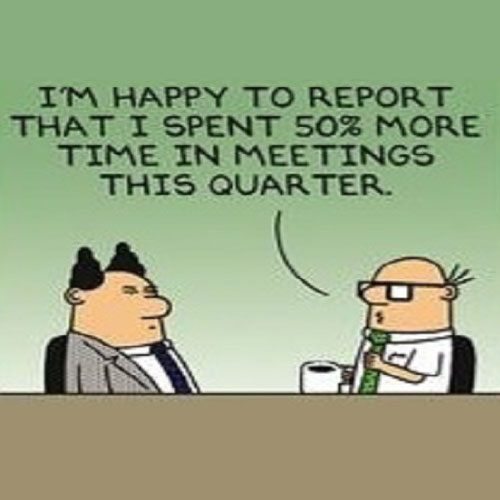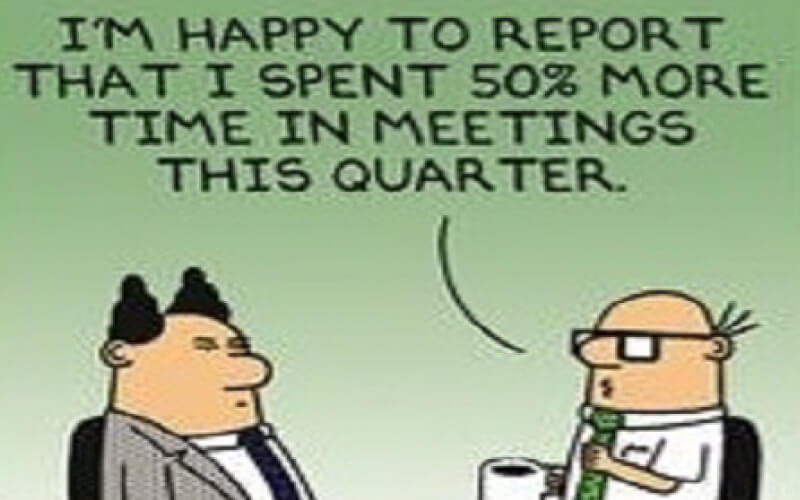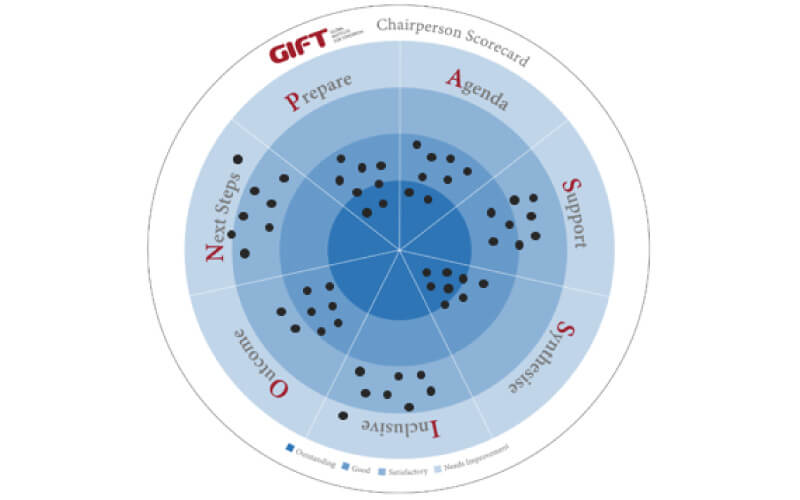Leading Meetings With Passion!
With few exceptions, everyone struggles with the Chairperson role, despite it being one they play on a monthly, weekly or even daily basis back in their companies. This recurring phenomenon inspired us in 2015 to put our heads together and create a tool that could help anyone in running successful, outcome-driven meetings – specific guidelines they could use in their own companies to break the curse of ineffective meetings.
We agreed on the key elements we have found over time to be fundamental to running effective meetings. This was based on observations from countless meetings involving hundreds of executives from over 70 countries and 100 individual companies.
PASSION
Leadership is redefined as taking any action which moves the group closer to a positive outcome
(No corporate leadership tool would be complete without a snappy acronym.)
Preparation:
It seems obvious. But why then do so many people show up for meetings they scheduled without really knowing what they want to accomplish? As the chairperson it is also your responsibility to ensure other attendees come prepared. It means more work on the front-end but given the economic impact of unproductive meetings, it is a worthwhile investment.
Agenda:
Displaying a clear agenda and objectives using a whiteboard, projector or even on a big piece of paper stuck to wall significantly impacts the tone and outcome of a meeting. Sending an email ahead of time (just because they brought a print-out doesn’t mean they read it) or reciting a laundry-list of agenda items at the top of the meeting is not sufficient. Offering an opportunity for questions or clarification before getting started sends the message: “we’re in this together, it’s our collective responsibility to get this outcome and not waste the next hour of our lives.”
Support:
Why go it alone when you can ask for help? Whenever possible assign support roles i.e. timekeeper, scribe, off-topic conversation monitor, sugar supplier (critical). Not only does this promote a collective sense of ownership, it also helps the daydreamers to stay focused on the task at hand rather than their upcoming holiday.
Synthesise:
A highly underrated skill for running effective meetings. At regular intervals, the chairperson should take a moment to summarise the discussion and share key points and takeaways. This ensures everyone is on the same page, concerns are being addressed and no-one is being left behind.
Inclusivity:
Keeping everyone engaged is one of the most challenging aspects of running a meeting. Be empathic, read body language and facial expressions and go out of your way to invite comments, suggestions and opinions from everyone. Dominant personalities should be encouraged to listen more and allow others to contribute.
Outcomes:
Achieving the outcome established at the top of the meeting is the true measure of success. It’s up to the chairperson to call-out any intervention, conversation or action that isn’t driving towards that outcome. Making the outcome tangible by displaying it again is a good way to conclude and allows everyone to walk away feeling it was time well spent.
Next Steps:
Actions speak louder than words and even a highly effective meeting is only the first step. When all is said and done the chairperson needs to clearly define key action points, ownership and timelines for implementation.
We call it: Tough Love
After the session, participants who took part in the meeting step up and give feedback on the performance of the Chairperson. This is a critical element of their learning and development.
- Did you lose people at “Good Evening?”
- Were people nodding off? Or plotting a mutiny?
- Did you get bad looks because you forgot to offer a break or make it fun?
- Were you unaware of the negative signals you were sending through your body language?
- Did you smile?





























